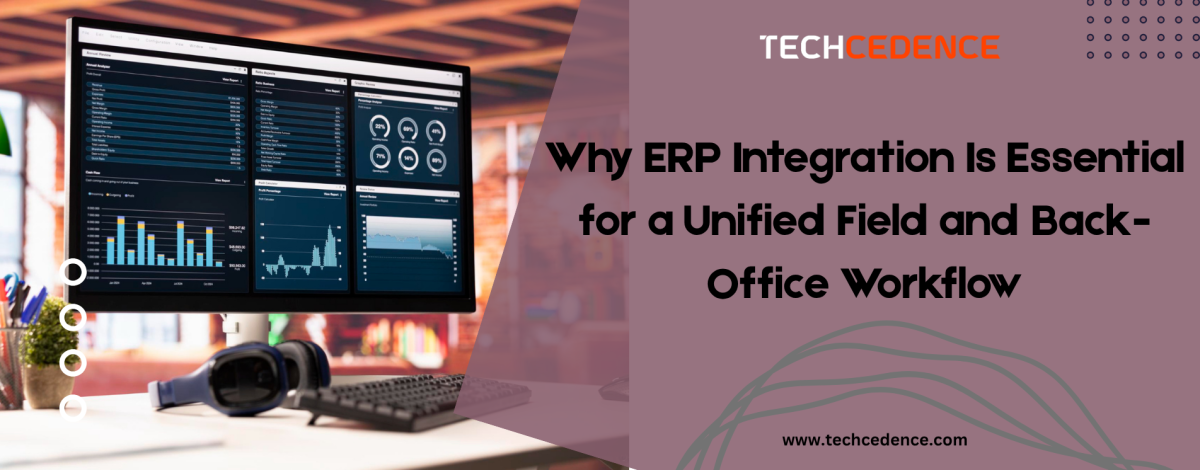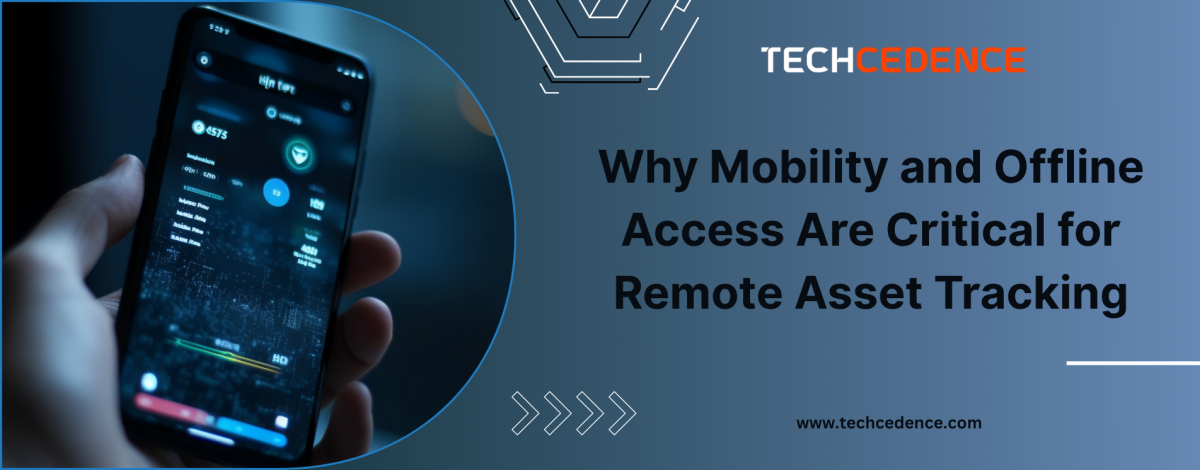Mobile consumers expect to receive many elements beyond just smart design. They expect speed and convenience, with many expectations around access to services. This dramatic shift in consumer expectations invites two trends of mobile app development that seem to be in opposite directions: Super Apps and Micro Apps.
Super Apps combine many features across one, including payments, messaging, shopping, and reserving. Micro Apps, on the other hand, are lightweight applications that offer fast, task-oriented experiences that are focused and quick to implement. Both trends have a tremendous impact on how businesses are thinking about mobile app development, user engagement, and digital strategy.
What are super apps?
Super apps are digital ecosystems that connect numerous services into one place. Most notably popularized in Asia, super apps combine features enabling users to access messaging, payments, e-commerce, food delivery, ride-hailing, and more without ever leaving the app.
What makes super apps unique is their ability to act like a digital ecosystem with many mini-programs or services, constructed internally or included through third parties, which both support user retention and add value with each new service.
From a business perspective, super apps enable:
- Increased user engagement, convenience, and utility
- Cross-service monetization
- Centralized data strategy that enables personalization and targeted marketing
More users prefer fewer apps that can do more, so super apps are gaining traction in both consumer and enterprise markets.
Understanding micro apps
Micro apps, which are lightweight, task-based applications built to help deliver a focused user experience, are different from apps built to deliver scale. They are designed to deliver only one function or one focused workflow to the user experience. Micro apps are typically contained within larger unified solutions (like intranets, collaboration tools, or super apps), and they offer:
- Faster development cycles – they are small, so there is less to build
- Cheaper maintenance – the expenses associated with development can be spread out over numerous applications.
- Better user experience – the user keeps their focus, and there are no distractions or unnecessary features
- Easier integration with existing enterprise systems
In enterprise, micro-apps are likely most useful when implementing mobile workflows without completely revitalizing systems, or when work is performed in the field or by frontline teams, or for access to business-critical tasks remotely.
As systems become modular or disaggregated, micro apps provide systems with the agility and focused utility to effect change through productivity and innovation.
Why they are gaining popularity
The rise of super apps and micro apps is fueled by a blend of changing user expectations, increasing demands for business agility, and rapid digital evolution.
For users, convenience is paramount. Users want quick access to services without having to download several apps and navigate cumbersome user experiences. Super apps can provide an ecosystem experience, and micro apps can create a simplified version of an everyday task. They can both provide the enhanced user satisfaction that users are looking for.
For businesses, the super app and micro app models deliver:
- Faster go-to-market time. Prototyping smaller, module-focused apps is more efficient than integrating multiple user stories into a single app.
- Lower development and maintenance costs. Smaller apps reduce the need to manage entire systems that could otherwise incur overhead costs or technical debt
- More focused user engagement and higher feature adoption. Users have more identifiable actions, making engagement easier for them and less cumbersome for businesses.
- Greater flexibility to update or expose specific parts of functionality without interrupting the entire system for updates, snapshots, or even redundancies.
At Techcedence, we ensure that we deliver scalable, intuitive, and secure mobile app solutions, whether it is a full-scale integrated super app or an efficient micro app catered to business workflows. Techcedence is focused on ensuring that each can adapt to your digital strategy, meet user expectations, and allow you to deliver on your business operational outcomes.
As digital ecosystems become more complex and mature, the super app and micro app model will always offer a favourable path forward in terms of customer experience and operational efficiency.
Challenges and considerations
Even though super apps and micro apps provide opportunities for strategic gain by offering multiple services, there are also associated challenges that businesses have to mitigate.
1. Integration
Sometimes, the successful operation of super apps will require a seamless integration of multiple services or third-party APIs. This can substantially increase the complexity of the integration required, so businesses must ensure effective communication between various services, modules, or systems. Developing a resourceful backend and contacting resources or expertise that offer quality solutions will help avoid an organization’s development or architectural needs being “overhead” as well.
2. Security
Having multiple services that support sensitive data also increases the attack surface. Similarly, both super apps and micro apps will require multifactor authentication, data encryption, protection against fraud, and security audits for their projected user cases; if security measures fail, this may risk exposing personal data to third parties and compliance issues or non-compliance with applicable data privacy regulations.
3. User experience
If thoughtless design is used for super apps, they may end up bloated, or risk failure; either way could have negative consequences for both user and brand. With micro apps, the risk lies in fragmentation, which has the potential to confuse the user and lessen the impact of the experiences for the user from which brand identity is derived. The user experience should be reliable, smart, and most importantly, seamless; it is essential that the user experience continues despite changes to the back-end.
4. Maintenance
Management of a multitude of services or apps is achievable if the business teams take a strategic, consistent, and balanced DevOps approach to solve immediate issues on a day-to-day basis. Update regressions, bug or issue fixing, optimizing performance, and maintaining issues may emerge to keep core business functions and objectives consistent.
5. Environment
Supporting different devices, operating systems, and app stores may require additional effort, especially for micro apps deployed across diverse environments.
While this is a difficult time for businesses, they can reduce risk through informed judgments and careful planning when working with a skilled mobile app development partner like Techcedence, who thinks ahead to long-term success. Utilizing strategies such as modular development and planned growth within the architecture of your application can help your business continue to thrive in the evolving digital ecosystem.
Conclusion
The rise of super apps and micro apps represents a new era of mobile app development for business. While super apps provide convenience and stickiness in an ecosystem, micro apps provide agile solutions with targeted functionality. Both should be considered, and what suits your specific situation best will depend on your end-users and what their expectations are, as well as what your own capabilities are.
At Techcedence, our goal is to assist your business in developing scalable, secure, and future-ready mobile applications, whether that be an all-inclusive super app or a targeted suite of micro apps. User behavior and paradigms in digital ecosystems are constantly evolving; however, businesses will define success by remaining agile, user-centric, and strategic in their growth paths.









